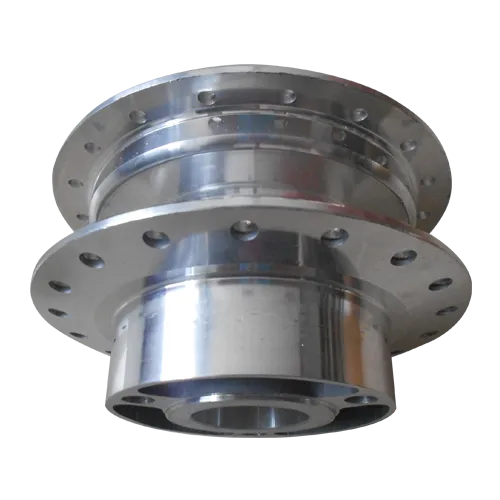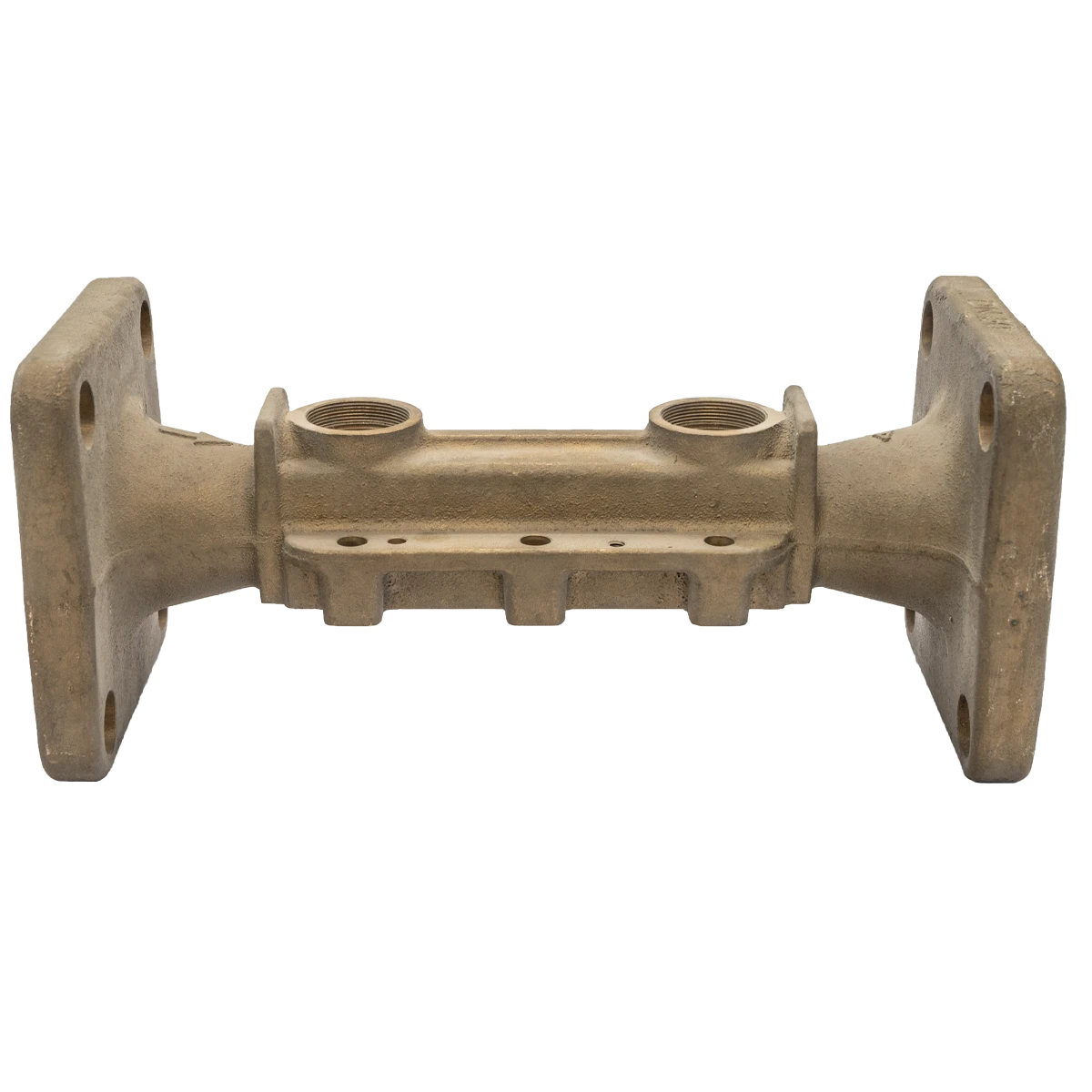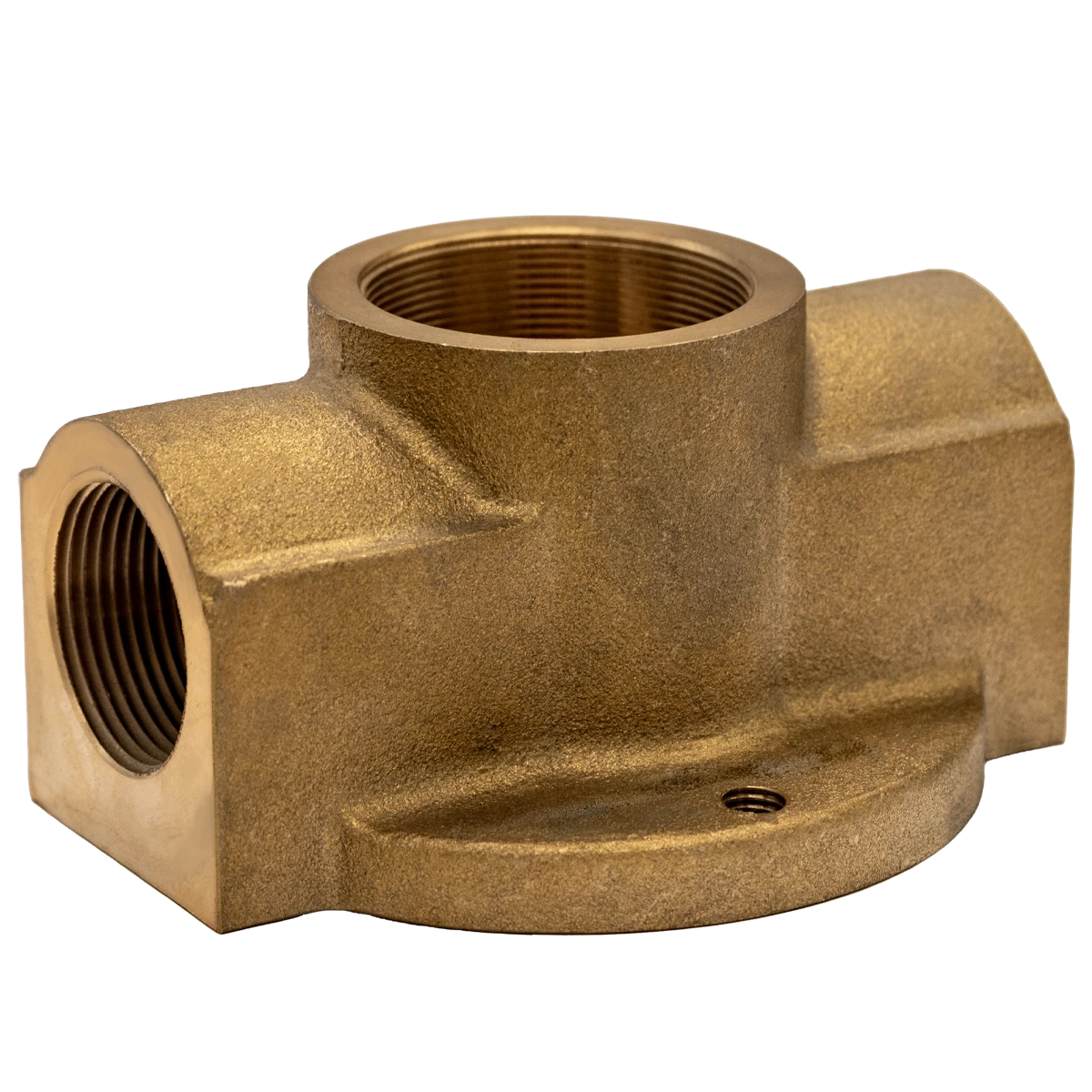Mobile:+86-311-808-126-83
Email:info@ydcastings.com
English
advantages of pressure die casting
Advantages of Pressure Die Casting
Pressure die casting is a manufacturing process that has gained immense popularity in various industries, particularly in the fabrication of metal parts. This technique involves forcing molten metal into a mold cavity under high pressure, which allows for the production of intricate and precise shapes. The advantages of pressure die casting are numerous, making it a preferred choice for manufacturers worldwide.
One of the primary advantages of pressure die casting is its ability to produce parts with complex geometries and fine details. Traditional casting methods often struggle to create intricate designs due to limitations in mold-making and material flow. However, pressure die casting can achieve high dimensional accuracy and surface finish, allowing for the production of components with tight tolerances. This capability is particularly beneficial in industries such as automotive and aerospace, where precision and reliability are paramount.
Another significant advantage of pressure die casting is its efficiency in producing large volumes of parts. The process is highly automated, enabling manufacturers to achieve rapid cycle times. Once a mold is created, multiple castings can be produced in a short period, drastically reducing manufacturing lead times. This efficiency translates into lower production costs, making pressure die casting an economically viable option for large-scale production runs.
In addition to speed and complexity, the pressure die casting process is also known for its ability to minimize material wastage. The precision of the die-casting technique means that there is less trimmed excess material compared to other casting methods. Manufacturers can optimize their material use, which not only reduces costs but also aligns with sustainable manufacturing practices by minimizing waste.
advantages of pressure die casting

Surface finish is another advantage that sets pressure die casting apart from other manufacturing processes. The molded components often require little to no additional machining or finishing, thanks to the smooth surfaces achieved through the die-casting process. This quality not only saves time and labor costs associated with post-processing but also enhances the aesthetic appeal of the final product, making it suitable for consumer-facing applications.
Pressure die casting also supports the use of a wide variety of alloys, particularly non-ferrous metals like aluminum, magnesium, and zinc. These materials combine strength, lightweight characteristics, and corrosion resistance, making them ideal for many applications. The versatility in material selection allows manufacturers to tailor the properties of their products, ensuring that they meet specific performance requirements, whether they are used in automotive parts, electronic housings, or industrial components.
Additionally, the high-pressure environment in die casting promotes improved mechanical properties in the cast parts. The rapid cooling of the molten metal, combined with the pressure applied during the process, results in a fine-grained microstructure. This fine grain structure contributes to greater strength, durability, and toughness of the final product, which is vital in applications where reliability and performance are critical.
Finally, the process of pressure die casting is environmentally friendly relative to other casting techniques. By reducing excess material and energy used during production, pressure die casting minimizes its carbon footprint. Furthermore, the ability to recycle scraps and use them in subsequent production runs contributes to a more sustainable manufacturing ecosystem.
In conclusion, pressure die casting stands as a robust manufacturing option that offers a myriad of advantages, including the production of complex geometries, high efficiency, minimal material wastage, superior surface finish, material versatility, enhanced mechanical properties, and environmental friendliness. As industries continue to evolve and demand higher quality components at lower costs, the relevance of pressure die casting will undoubtedly increase, solidifying its status as a cornerstone in modern manufacturing processes.
-
Materials Used in Manufacturing Cap End Pipe FittingsNewsNov.24,2025
-
Material Properties of CF8M CastingNewsNov.24,2025
-
How to Inspect Pump Cap Ends for DamageNewsNov.21,2025
-
Backward Curved Impeller – Efficient Airflow Solutions for Industry | YD CastingsNewsNov.21,2025
-
Automobile Water Pump - Efficient, Quiet, Durable & ElectricNewsNov.21,2025
-
Impeller for Pumps – High-Efficiency, Durable, OEM-ReadyNewsNov.21,2025











